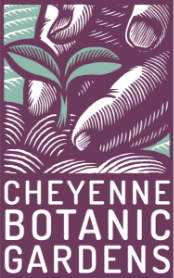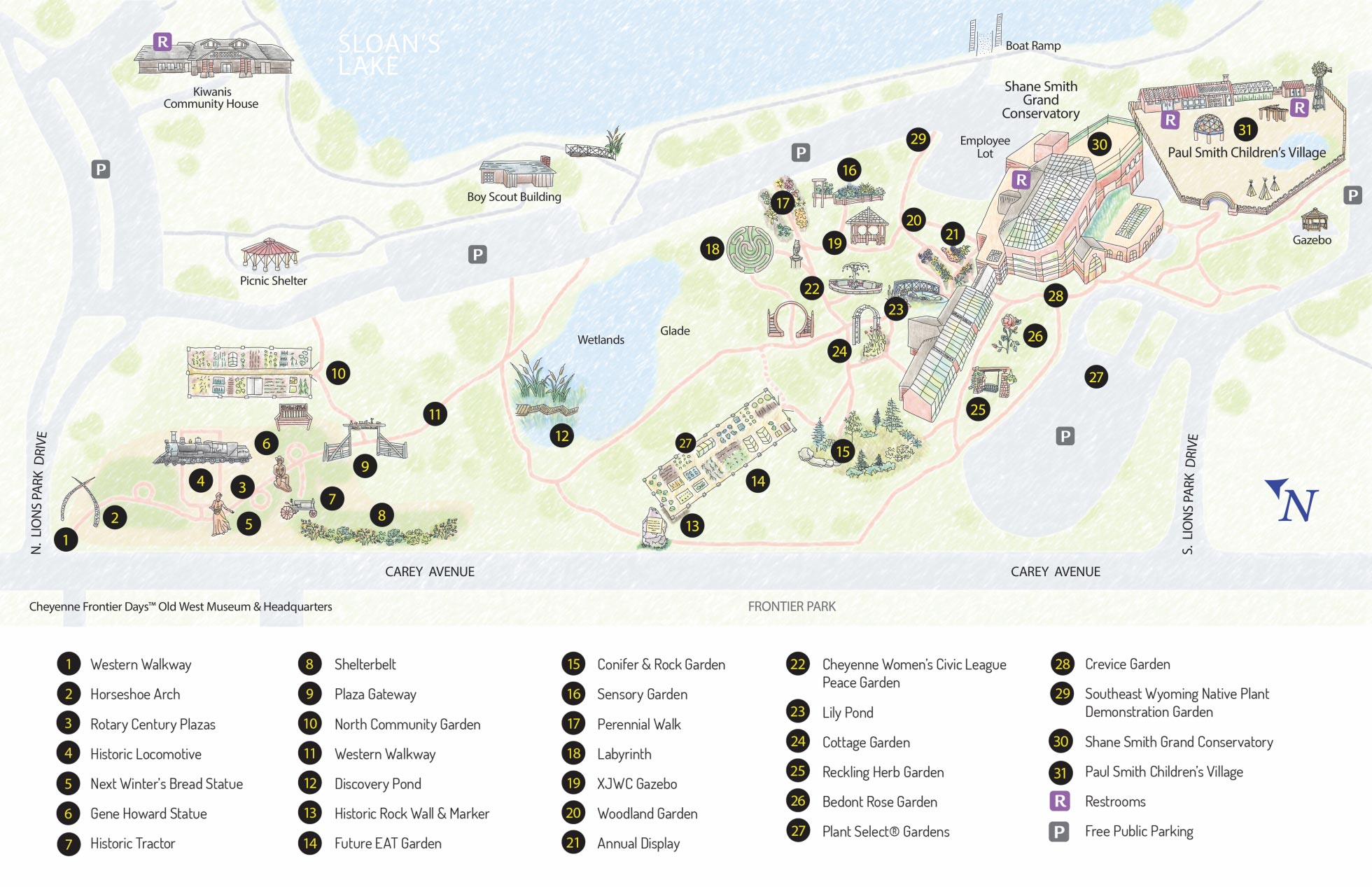- Populus angustifolia – Narrowleaf Cottonwood: height: 30-50’, Spread 20-30’, Hardy to 8,000 ft. Dense upright oval to pyramidal tree. Will sucker profusely! (there is one called ‘Creekside’ that has been grafted to P. acuminata rootstock (lanceleaf cottonwood) to prevent suckering. Has long narrow, willow-like leaves.
- Populus deltoides ssp. monilifera (also known as Populus sargentii)– Plains Cottonwood: 60-80’ spread 50-60’ Hardy to 7,000 ft. Wyoming State Tree! Native, big, fast growing and hardy. A broad, irregularly rounded canopy with coarse, spreading branches. Smooth grayish brown bark becomes deeply grooved and dark gray as it ages. Rich green leaves have a wide triangular shape. Golden yellow in fall. There is a selection of sargentii known as “Straight Plains,” (Populus sargentii ‘Jeronimus’) that was selected for a straighter growth habit. It reaches 60’ to 80’ high and 40-50’ wide.
- Populus deltoides ‘Siouxland’ – Eastern Cottonwood– Height 75 to 100’ Width: 50-75’. Hardy to A large tree with a clear bole and an open spreading crown resulting in a somewhat vase-shaped form. Not quite as adapted to the High Plains as the sub-species: Populus deltoides ssp. monilifera (populus sargentii) see above.
- Populus acuminata x sargentii ‘Highland’ – Highland Cottonwood. Height: 45’ – 50’, Width: 20’ – 30’. Hardy to 7,000 ft. A smaller and more upright version of the plains cottonwood. Originally from the Cheyenne Horticultural Research Station. A hardy substitute for P. acuminata (lanceleaf cottonwood) because it is a cross of acuminata and sargentii. Has been seen to have problems with canker disease at the Cheyenne Botanic Gardens.
- Populus x acuminata – Lanceleaf Cottonwood. This is a naturally occurring cross between sargentii and angustifolia. Height 40-60’ width: 30-40’ Hardy to 7,500’ ft. An upright rounded tree with dense branching and smooth grayish brown bark that becomes ridged as it matures. Leaves shaped like the head of a spear are shiny green changing to yellow in fall. It can suffer from borers and canker disease.
- Populus x canescens ‘tower’ – Tower Poplar. Height: 30-40’, Width: 8-12’. Similar to the old Lombardi popular but more disease resistance. Very upright growth fast growing.
- Populus alba – Silver Poplar. Height 40-70’, Width 35-50’. Hardy to 7500 ft. Large spreading tree with chalky-white bark when young becoming deep furrowed and back with age. Leaves are wooly white underneath and dark green on top. Will sucker profusely. Needs ample room to grow and is at its best out in the open countryside. Extremely cold hardy to -40F. Tends to be weak wooded.
FACTS ABOUT THE COTTONWOOD
Provided in part by the Cheyenne Cottonwood Society
- The Plains Cottonwood is a triangular shaped broad-leafed (Populus sargentii a.k.a. P. deltoid) cottonwood is the Wyoming State Tree.
- The ‘Highland’ cottonwood is a much smaller version of Populus sargentii.
- It grows faster and taller than most any other local deciduous species of trees.
- Its life span can reach over 100 years.
- It branches out to provide large canopies of summer leafy shade.
- Only the male cottonwood is sold in nurseries, although both male and cotton-producing female cottonwoods are legal in Wyoming.
- Unlike many cottonwoods, the sargentii (deltoid) Cottonwood grows tall and stately and its roots rarely produce suckers in the yard.
- Like any tree, the cottonwood needs water, especially when young.
- The mature cottonwood needs occasional trimming (professional preferred).
- There will be lots of leaves to rake in fall.
- Squirrels and wind leave a few little branches on the ground. (Huge gusts can topple a large, unhealthy tree of any species.)
- Birds love to make their homes in cottonwoods.
- Early pioneers planted cottonwoods along the streets and in the parks of Cheyenne, hand-watering the young ones.
- In 1876, nine years after the town of Cheyenne was established, Mrs. Nannie Steel reported that that there were only twelve trees in Cheyenne.
- Thanks to vigorous planting efforts, Cheyenne became known as “The City of Trees” in the early 1900s.
- While Cheyenne has a greater variety of trees today, it has lost much of its large aging cottonwood forests and majestic boulevard canopies.
- There is a great need on our roadways and neighborhoods to replant the stately Populus sargentii, the Plains Cottonwood.
- The largest known Plains Cottonwood tree is more than 300 years old, 36 feet around and 105 feet tall. It is located about a mile from Hygiene, Colorado on closed property maintained by Boulder county Parks and Open Space.



